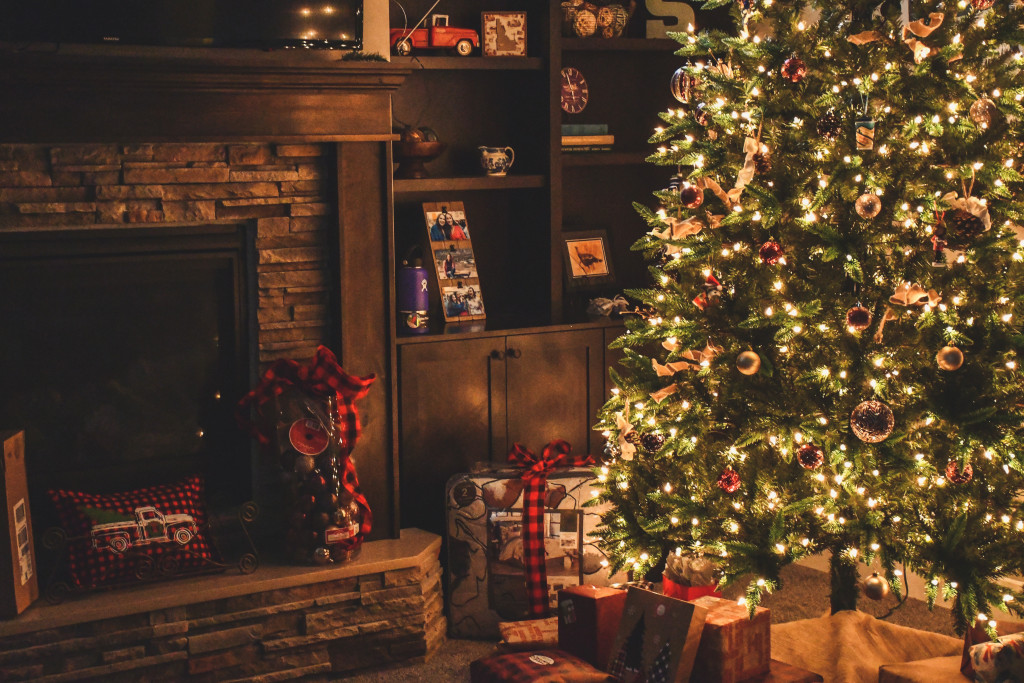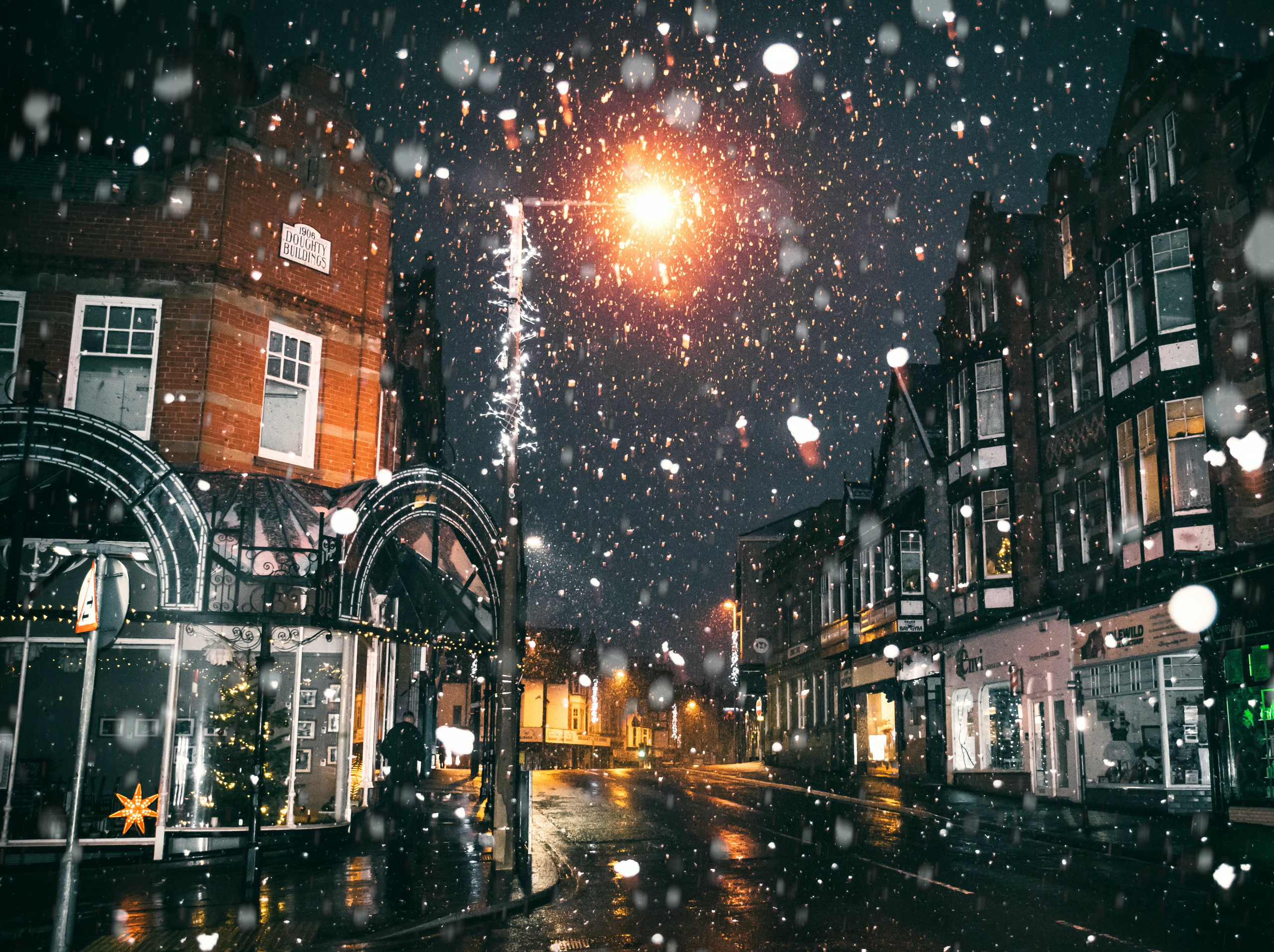Most people in Germany, Austria and Switzerland are Catholic, which is why countries in Western Europe celebrate Catholic Christmas. The German word for Christmas is Weihnachten.
On what dates is Christmas celebrated in Western European countries?
In Catholicism, unlike Orthodoxy, Christmas is celebrated at the end of December.
December 24 is Christmas Eve (Heiligabend or Weihnachtsabend).
December 25 is Christmas Day (Weihnachten).
December 26 is the second day of Christmas (zweiter Weihnachtsfeiertag).
Christmas in European countries is not strictly a church holiday. It is a family holiday, regardless of creed or attitude towards religion. It is an occasion for families to get together.
On Christmas Eve (24 December), there are no mass celebrations or fireworks. City streets are empty, and most establishments are closed. Families gather around the holiday table, and relatives from other cities come to visit. Religious families attend church services. At Christmas, it is customary to put up a Christmas tree in the house and decorate it.
Gifts
Unlike Christmas, familiar to many from American movies, when presents are under the tree on Christmas morning, in Europe it is customary to give presents on Christmas Eve, Heiligabend, in the evening.
Christmas traditions
It is impossible to imagine Christmas without a visit to a Christmas market, St. Nicholas Day, a special Christmas calendar, a wreath, or sweet home baked goods.

Christmas markets: Weihnachtsmärkte
Christmas markets in the major cities open at the beginning of December. Christmas fairs give a unique Christmas atmosphere, a feeling of impending festivities. What can I buy at a Christmas fair? Generally something you cannot find in shops, goods which are not mass produced. Handicrafts, handmade decorations, regional or delicacies from all over the country (e.g. sausages, honey, cheeses, spices), special Christmas sweets (e.g. the famous gingerbread or sugar-coated almonds). In addition, adults can enjoy hot mulled wine and national dishes, and children can take a ride on the merry-go-round.
Christmas Market in Coburg, Germany
Christmas market in the Austrian capital Vienna (Wien)
Christmas Calendar: Adventskalender
The Adventskalender is a European tradition to count down the days until Christmas (December 1 until December 24). Christmas calendar can take various forms, and you can buy it in a shop or make it yourself. It can be a big card or a house with 24 numbered windows or doors, which hide little surprises. A calendar can also be 24 numbered “bags” (sometimes shaped like socks) suspended from a ribbon. Each past day of the Christmas calendar is marked by opening a “door”, a “baggie” with the corresponding date and a small gift inside (a sweet treat, a note with wishes, etc.).

Christmas wreath: Adventskranz
“Advent, Advent, ein Lichtlein brennt.
Erst eins, dann zwei, dann drei, dann vier.
Dann steht das Christkind vor der Tür.” Popular Christmas verse
Literal translation: “Advent, Advent light burns.
First one, then two, then three, then four.
Then stands the Christ Child at the door.”
The Christmas wreath (Adventskranz) is one of the traditional Christmas decorations in European homes. The Adventskranz is a wreath made of spruce branches with 4 candles in it. According to tradition, for 24 days before Christmas, one candle is lit on each Sunday.

St. Nicholas Day: Nikolaustag
On the evening of December 5, children clean their shoes and put them out in front of the front door, in front of the door to their room. According to the belief, St Nicholas comes at night and gifts children who have behaved well throughout the year. Obedient children find small gifts in their shoes in the morning. Naughty children are left without gifts.

